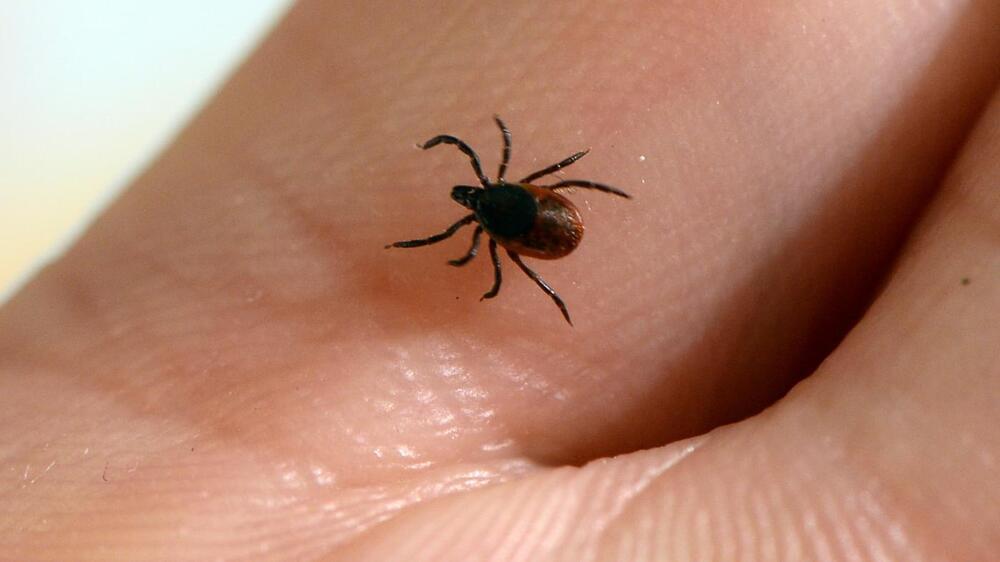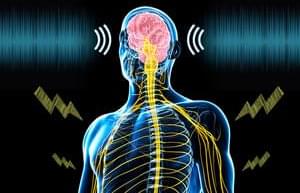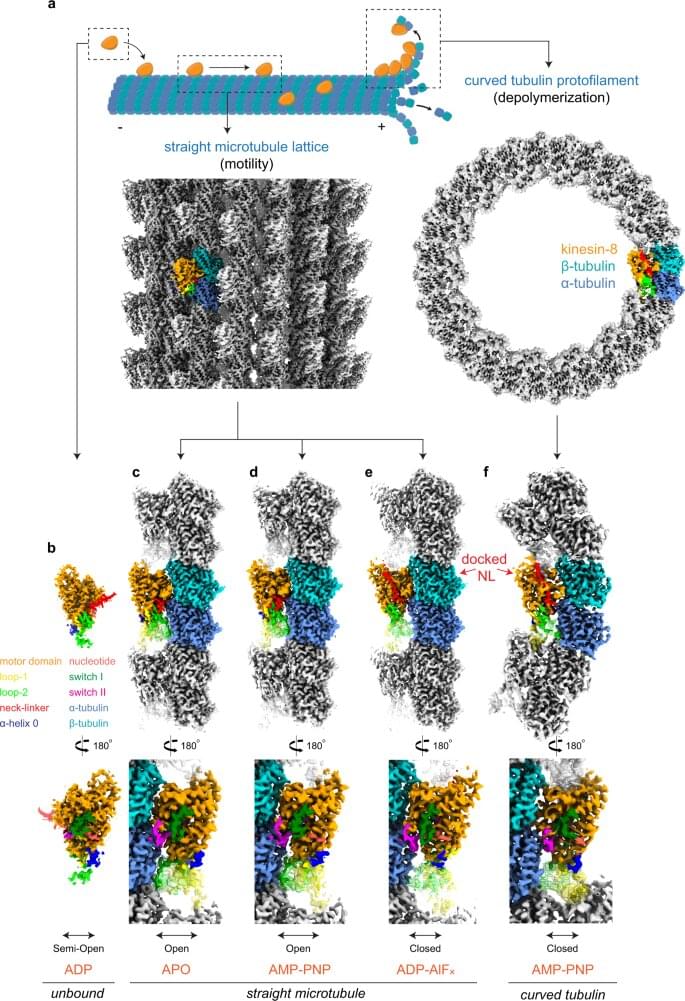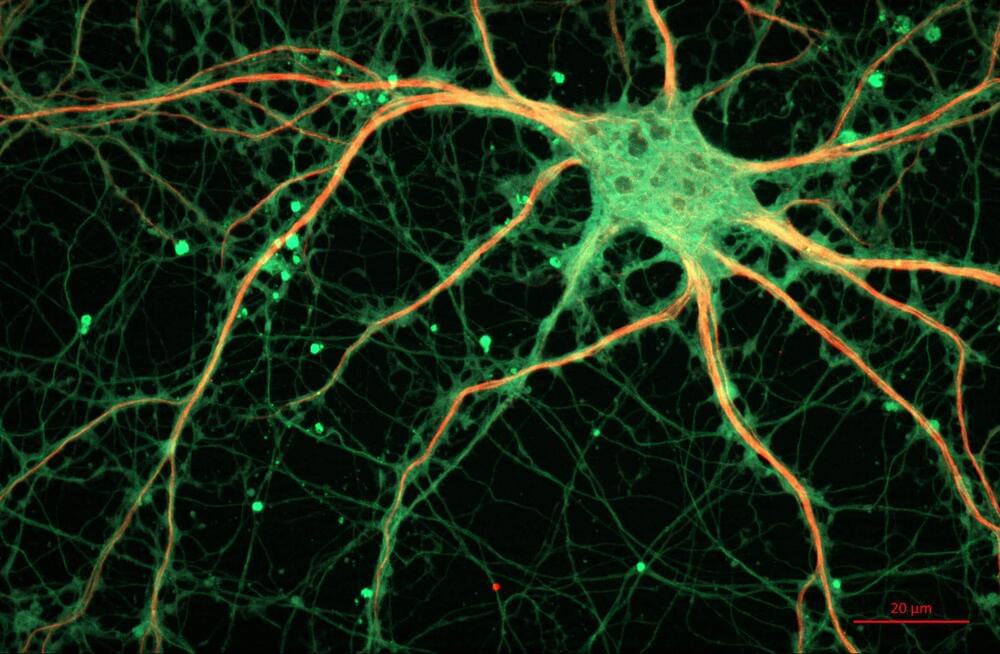PFAS are nicknamed “forever chemicals” because they last so long without breaking down. That’s made them pervasive in rainwater and soils.


Gene therapy pioneer — dr. katherine high, MD — president, therapeutics, askbio.
Dr. Katherine High, MD, is President, Therapeutics, at Asklepios BioPharmaceutical (AskBio — https://www.askbio.com/), where she is also member of the AskBio Board of Directors, and has responsibility for driving the strategic direction and execution of pre-clinical and clinical programs of the company.
AskBio is a wholly owned and independently operated subsidiary of Bayer AG, set up as a fully integrated gene therapy company dedicated to developing life-saving medicines that cure genetic diseases.
Most recently, Dr. High was a Visiting Professor at Rockefeller University and previous to that, she served as President, Head of Research and Development, and a member of the Board of Directors at Spark Therapeutics (a subsidiary of Hoffmann-La Roche), where she directed the development and regulatory approval of Luxturna® (a gene therapy medication for the treatment of the ophthalmic condition Leber congenital amaurosis), and represents the first gene therapy for genetic disease to obtain regulatory approval in both the United States and Europe.
Dr. High was a longtime member of the faculty at the University of Pennsylvania and medical staff at The Children’s Hospital of Philadelphia, where she was also an Investigator of the Howard Hughes Medical Institute. She served a five-year term on the U.S. Food and Drug Administration Advisory Committee on Cell, Tissue and Gene Therapies and is a past president of the American Society of Gene & Cell Therapy.

* FBL67: Jacob Ward – How AI Shapes Our Choices & Bad Habits * Future of funerals? Startup develops ‘holographic conversational video experience’ that allows mourners to have conversations with the dead * Police Used a Baby’s DNA to Investigate Its Father for a Crime.
* The Rise of the Worker Productivity Score * ‘Starbucks fired me for being three minutes late’ * Amazon starts selling private 5G, plants flag on pricing * We Need To Stop Cheerleading Change.
* Breaking Analysis Further defining Supercloud W/ tech leaders VMware, Snowflake, Databricks & others * Thriving in Uncertainty | Shashank Agarwal | TEDx * Why the Space Industry Needs New Role Models | Bianca Cefalo | TEDx.


A University of Minnesota Twin Cities-led team has found that electrical stimulation of the body combined with sound activates the brain’s somatosensory or “tactile” cortex, increasing the potential for using the technique to treat chronic pain and other sensory disorders. The researchers tested the non-invasive technique on animals and are planning clinical trials on humans in the near future.
The paper is published in the Journal of Neural Engineering, a highly regarded, peer-reviewed scientific journal for the interdisciplinary field of neural engineering.
During the experiments, the researchers played broadband sound while electrically stimulating different parts of the body in guinea pigs. They found that the combination of the two activated neurons in the brain’s somatosensory cortex, which is responsible for touch and pain sensations throughout the body.

The signaling protein, known as mTOR, is excessively active in many cancer cells and plays a key role in various diseases, such as diabetes, inflammation, and aging. Meanwhile, autophagy is well-known for its elaborately mediated regulation of activity by the mTOR protein in cells. Inhibiting this activity of the mTOR protein can increase autophagy and subsequently induce cancer cell death.
Professor Kim Se-yun’s research team conducted a study on developing an mTOR-inhibitory anticancer drug with a drug regeneration strategy based on effective binding technology that models physical interactions between compounds and target proteins using the three-dimensional protein structure.
Drug regeneration finds new indications for FDA-approved drugs or clinical drug groups previously proven safe. According to the researchers, this strategy can innovatively shorten the enormous time and investment in new drug development that traditionally takes more than 10 years.
New AI supercomputer from Graphcore will have 500 trillion parameters, (5x that of human brain) and compute at a speed of 10 exaflops per second (10x that of human brain) for a cost of $120 million USD. New AI powered exoskeleton uses machine learning to help patients walk. AI detects diabetes and prediabetes using machine learning to identify ECG signals indicative of the disease. AI identifies cancerous lesions in IBD patients.
AI News Timestamps:
0:00 New AI Supercomputer To Beat Human Brain.
3:06 AI Powered Exoskeleton.
4:35 AI Predicts Diabetes.
6:55 AI Detects Cancerous Lesions For IBD
👉 Crypto AI News: https://www.youtube.com/c/CryptoAINews/videos.
#ai #news #supercomputer

Understanding the busy networks inside our cells can help researchers develop new cancer treatments and prevent dangerous fungal infections.
With the help of the Canadian Light Source (CLS) at the University of Saskatchewan, a research team led by John Allingham from Queen’s University and Hernando Sosa from the Albert Einstein College of Medicine has shed light on a protein that regulates the intricate microscopic networks that give cells their shape and helps ship important molecules to diverse locations.
Using the CMCF beamline at the CLS and the cryo-EM facility at the Simons Electron Microscopy Center (SEMC) at the New York Structural Biology Center, the team found the missing pieces of an important puzzle.

New research published in Experimental Neurology provides some initial evidence that the psychedelic substance known as LSD has nootropic properties. The study found that LSD increased markers of neuroplasticity in human brain organoids, increased novelty preference in rats, and improved memory performance in humans.
When combined with psychotherapy, psychedelic drugs have shown promise in the treatment of psychiatric conditions such as depression, PTSD, and addiction. But the cellular and molecular mechanisms involved in the therapeutic effects of psychedelics remains unclear.
Some research has indicated that psychedelic substances produce positive impacts, in part, because they promote neurogenesis and neuroplasticity. The authors of the new study were interested in better understanding whether the neuroplasticity induced by psychedelics could be harnessed to enhance learning and memory.